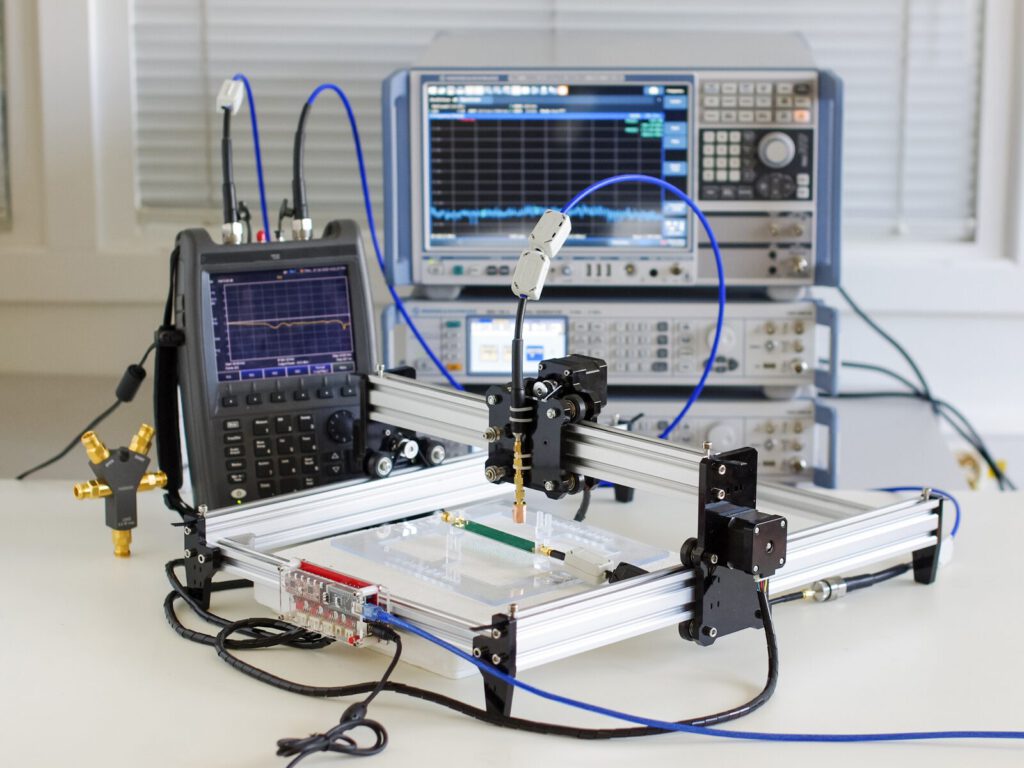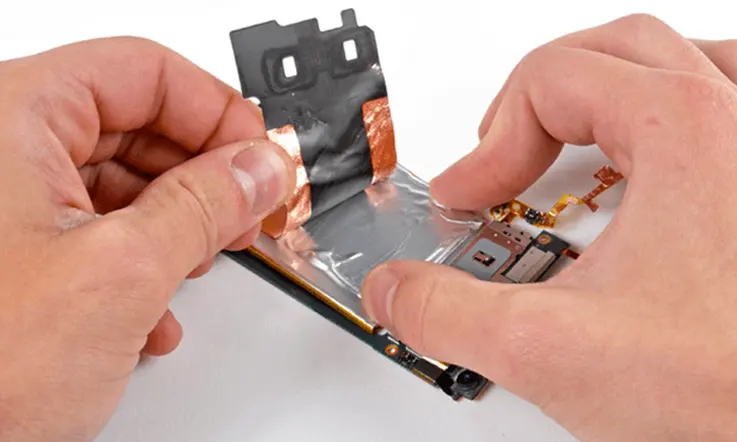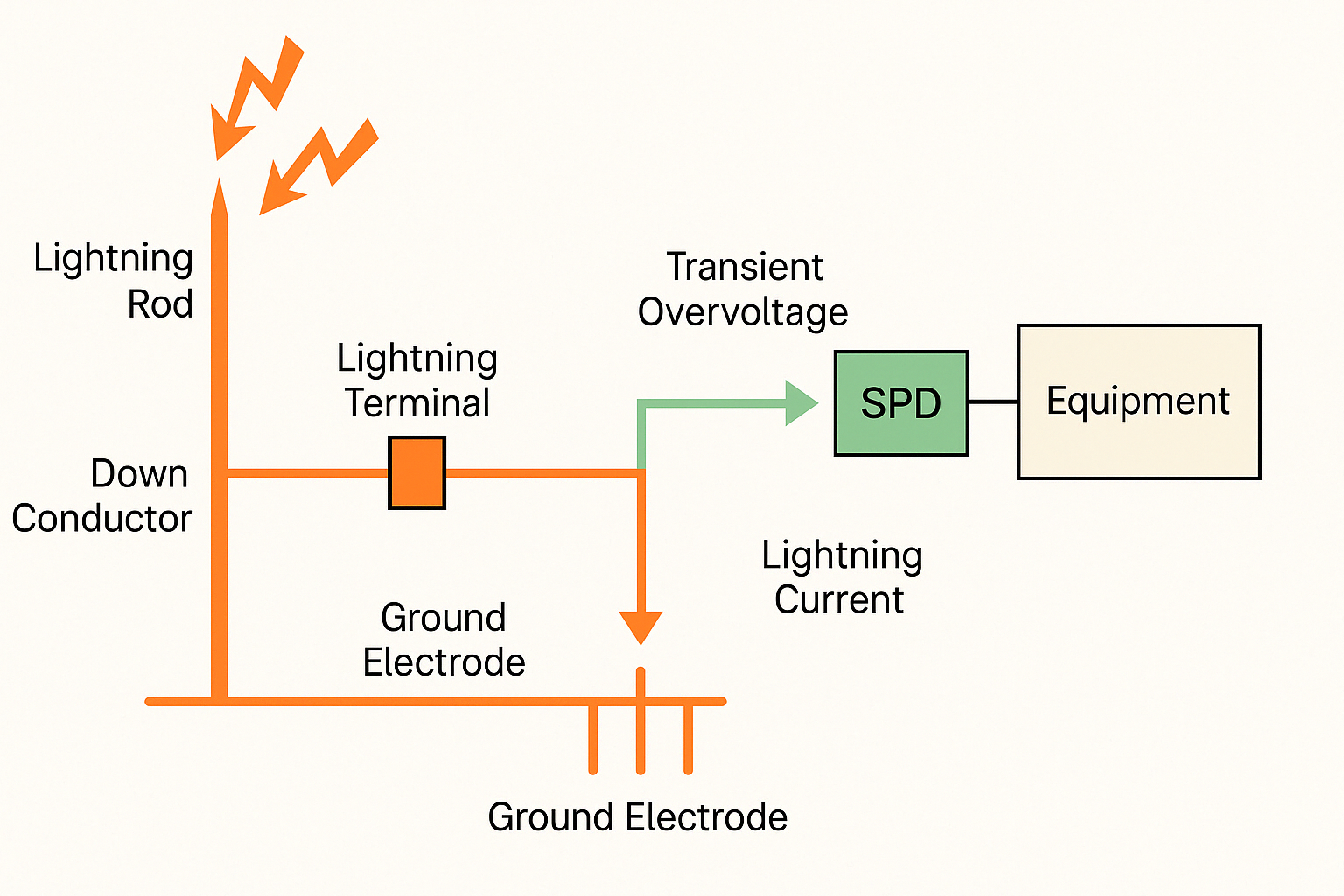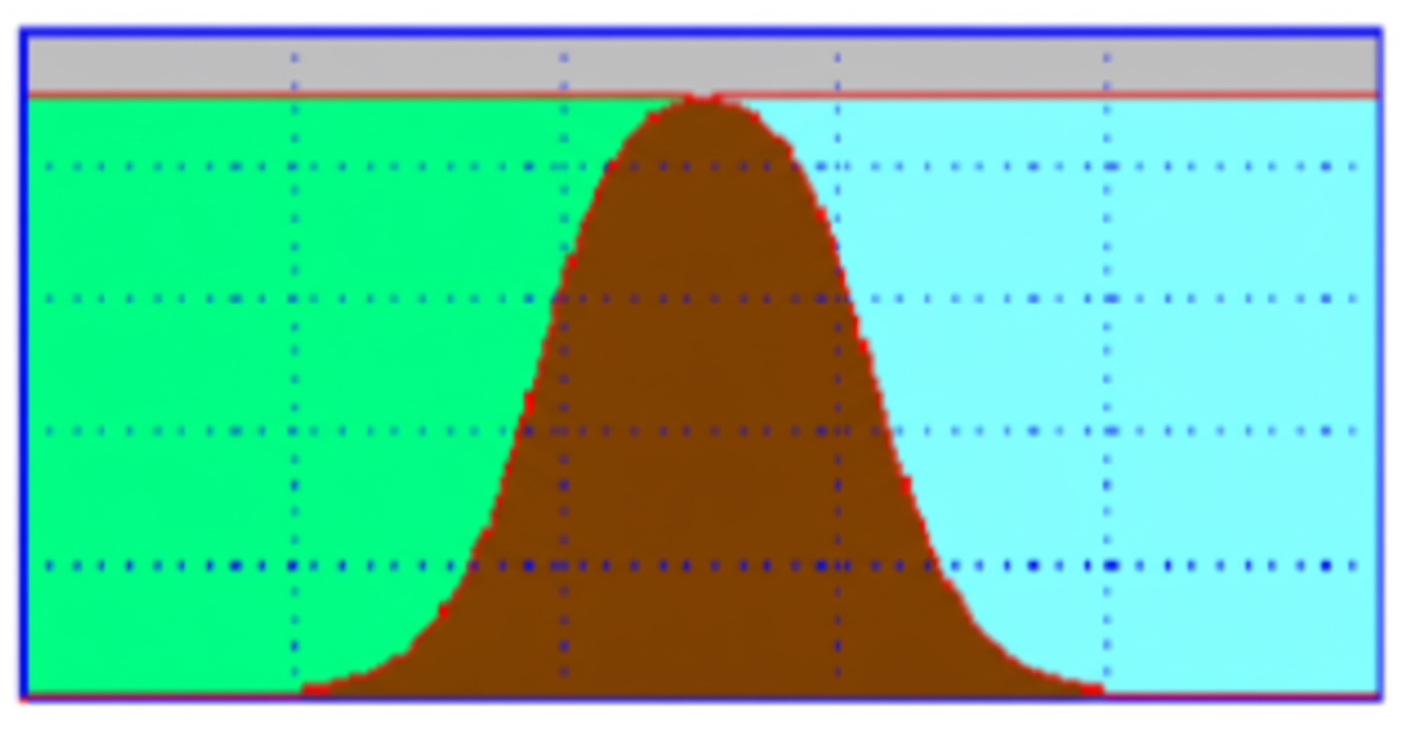Two interpretations of "EMI"
The term "EMI" is often used to refer to two different types of testing: electromagnetic interference testing and human-machine interface testing.
1. Electromagnetic Interference Testing (EMIT)
This testing evaluates an electronic device's performance in an electromagnetic environment. It measures whether the device generates or is affected by interference from other devices or electromagnetic fields. Typical EMIT activities include radiated measurements, conducted measurements, and immunity testing, which help ensure the device does not fail or suffer data errors during normal operation.
2. Human-Machine Interface Testing (HMI)
This testing covers interactions and responses between users and a device. It assesses usability, accessibility, response speed, and accuracy. HMI testing can include physical interfaces such as buttons, switches, and touchscreens, as well as software interfaces like graphical user interfaces.
EMI test types and their purposes
Specific EMIT or HMI test content and methods vary by industry, product, and applicable standards.
Radiated emissions testing
Radiated emissions testing evaluates whether a device emits electromagnetic radiation during operation and whether those emissions are within regulatory limits. The device is placed in a controlled electromagnetic environment and its emitted electromagnetic waves are measured to determine compliance with international or industry standards.
Conducted emissions testing
Conducted emissions testing evaluates whether a device transmits electromagnetic energy through power lines or other conductors. The goal is to ensure a device does not interfere with or be interfered by other equipment when connected to power lines. This testing involves connecting the device to specific measurement equipment and measuring the level of electromagnetic interference transmitted via power conductors.
These two test types are commonly used to determine whether a device meets relevant international or industry standards, such as FCC, CE, and CISPR, to ensure it will not cause or suffer unacceptable interference during normal operation. Specific requirements and methods depend on the application, product, and applicable standards, so follow the relevant standards and guidance.
 ALLPCB
ALLPCB








